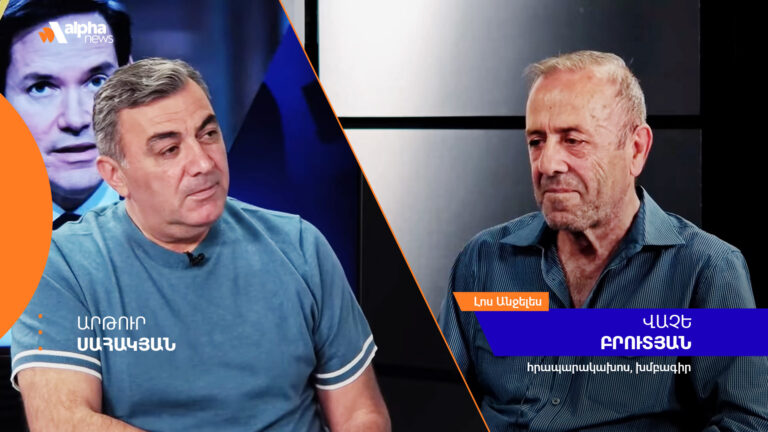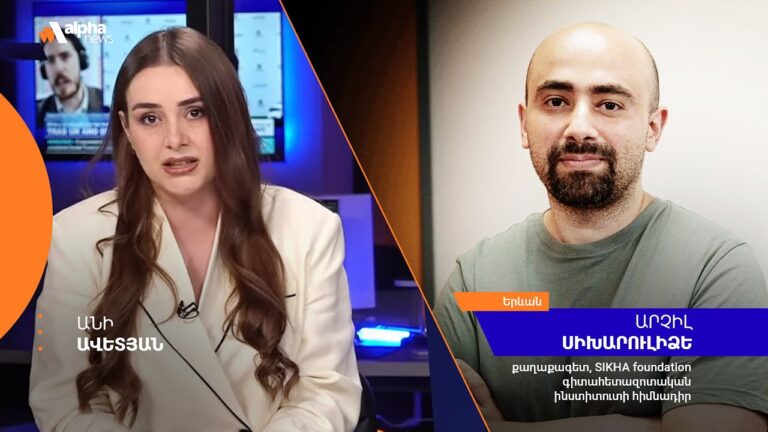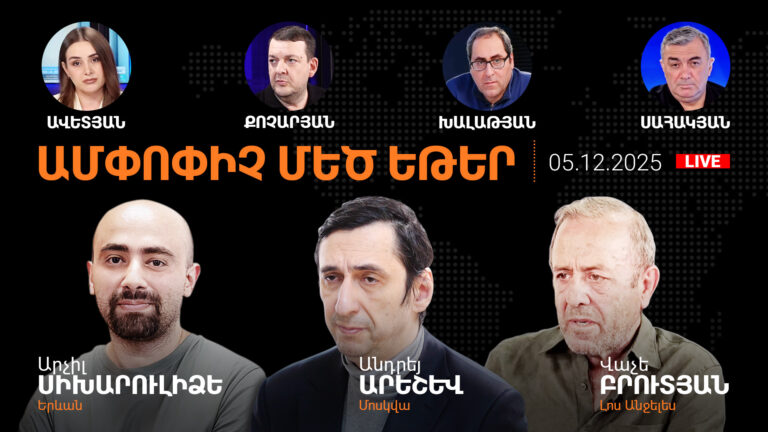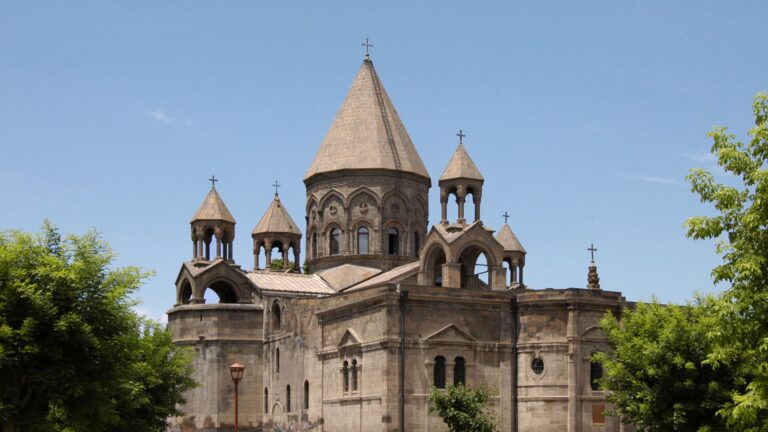Erdogan is already communicating with the Armenian public
April 18 2024, 14:00
Unfortunately, we are used to perceiving a number of political and geopolitical developments in a very straightforward way. If today you tell Armenians that any state has not only physical borders that can be indicated on a specific geographical and political map but also strategic borders, then for many, including those actively involved in politics, this will raise more questions than it should.
If we try to give the shortest possible definition of this concept, strategic borders are the area of influence of a particular state—an area of political, economic and military influence. Strategic borders are often nothing more than a deeply layered security system of a country.
When we talk about the defense system, we are not always talking about physical trenches on the line of contact of various countries. Political, diplomatic, and economic capital are also included in this defense system, as is the ability to build a system of interconnection that allows balancing between aggressive neighbors by building military and political alliances.
For many years, Armenia’s strategic borders had the following components:
Unified security system with Artsakh;
Foreign policy aimed at legitimization and international recognition of the formed and functioning Artsakh statehood;
Foreign policy aimed at international recognition of the Armenian Genocide. This, in turn, made it possible to search and find allies and partners in various parts of the world who are ready to cooperate on this issue (from Uruguay to France, from Russia to Argentina);
Strategic allied relations with Russia, which allowed us to enjoy the benefits of the Russian military-industrial complex, Russian energy generation, the Russian labor market, and the sales market;
Membership in the CSTO, which has been a deterrent for Azerbaijan and Turkey for many decades.
All these factors combined made it possible for Armenia to build a system that did not allow questioning Armenian statehood.
This in turn meant that the rejection of any of these systems violated the strategic balance of Armenia and violated its strategic borders, which would bring us closer to a situation in which Armenia’s statehood could be called into question.
A lot of points from this list have already been destroyed by the hands of official Yerevan, with the strategic opponents of the Republic of Armenia thinking about the dissolution of Armenian statehood. This is exactly what the Azerbaijani project “Western Azerbaijan” is about.
However, the reality of recent days proves that the Armenian authorities, led by Nikol Pashinyan, do not intend to stop at what has already been done, and the destruction of strategic borders, strategic foundations of Armenian statehood continues.
This is precisely what the initiative of the Armenian authorities to “list” the victims of the Armenian Genocide of 1915–1923 is about. This is not a simple initiative that will lead to the establishment of a commission of historians to examine the facts of the Armenian Genocide. This is the initiative that will result in a discussion of the legality of the foundations of the modern Armenian state, which, in Ankara’s view, was created illegally and illegitimately as a result of “extraregional Russia’s intereference” with the realities of Transcaucasia, both in 1828 and in the 1920s.
Today, when you see propagandists on your TV, phone, or tablet screens who prove to you that the creation of a commission of historians, the creation of lists of those killed during the Armenian Genocide, and the rejection of the demand for international recognition of the Genocide is a path to peaceful existence with the countries of the region, know that this is Turkish President Recep Tayyip Erdogan who is talking to you. He has been in direct communication with the Armenian public for a long time, conveying Azerbaijani and Turkish narratives.
Think about it…







